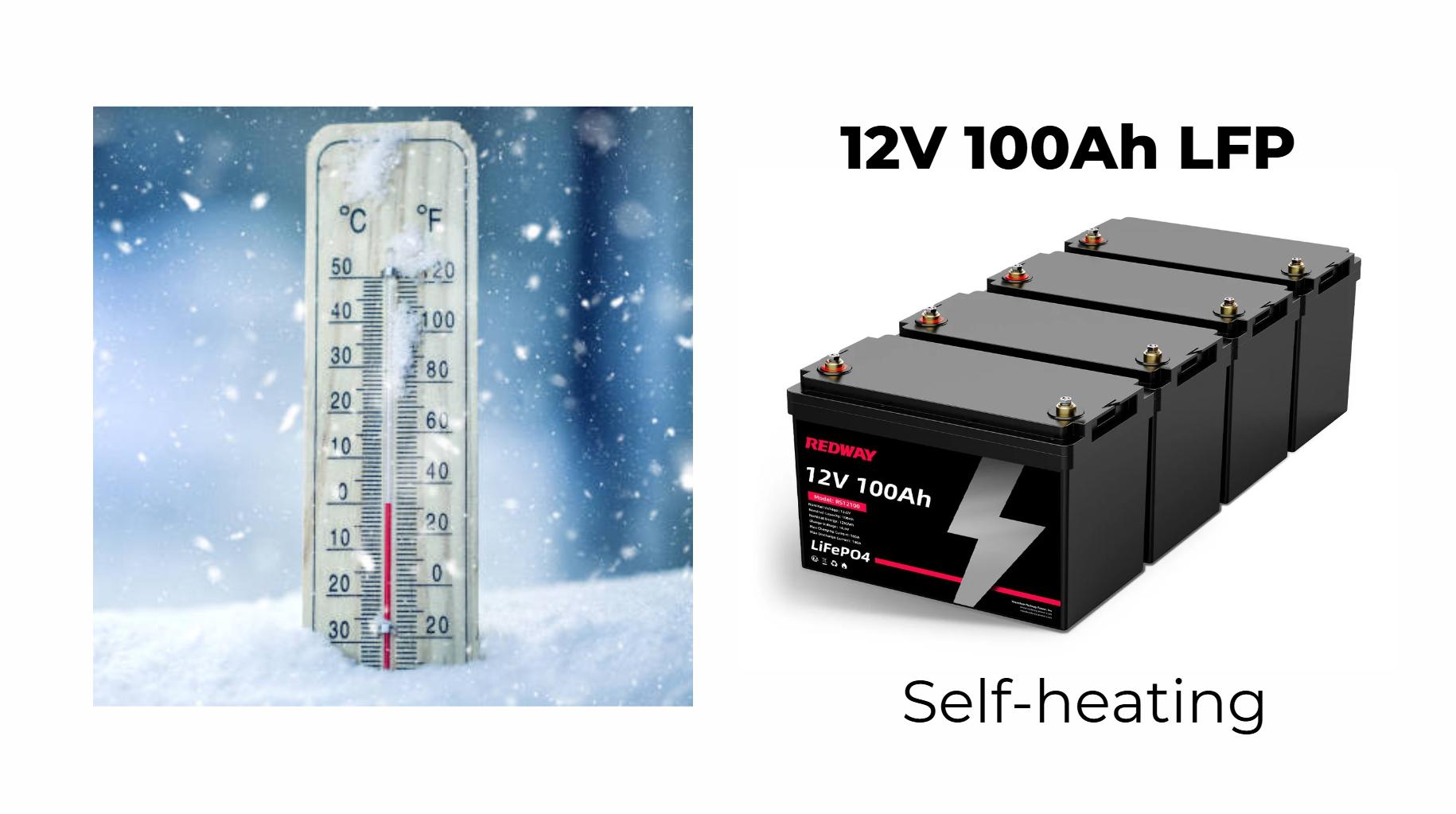Understanding how temperature influences lithium battery performance is essential for optimizing their efficiency and longevity. Lithium batteries, particularly LiFePO4 (Lithium Iron Phosphate) batteries, are widely used in various applications, from electric vehicles to renewable energy storage. In this article, we delve into the effects of temperature on lithium battery performance, providing insights to enhance battery usage and maintenance.
Temperature plays a crucial role in lithium battery performance. High heat can shorten battery life, while cold can reduce capacity. Keeping your batteries within the ideal range of 20°C to 25°C (68°F to 77°F) ensures they operate efficiently and safely.
1. Optimal Operating Temperature Range
Lithium batteries function best within a specific temperature range, typically between 20°C and 25°C (68°F and 77°F). Within this range, the chemical reactions that generate power occur efficiently, allowing for optimal performance. When temperatures fall outside this ideal range, battery efficiency can decline significantly.
2. Effects of High Temperatures
High temperatures can adversely affect lithium batteries in several ways:
- Increased Chemical Reaction Rates: Elevated temperatures can accelerate the chemical reactions within the battery, leading to increased self-discharge rates. This phenomenon can reduce the battery’s overall capacity and lifespan.
- Thermal Runaway Risk: At excessively high temperatures, lithium batteries may experience thermal runaway—a condition where the battery’s temperature rises uncontrollably, potentially leading to fire or explosion. This risk highlights the importance of thermal management in battery applications.
- Decreased Cycle Life: High temperatures can also shorten the cycle life of lithium batteries. For every 10°C increase in temperature, the rate of degradation can double, significantly impacting battery longevity.
3. Effects of Low Temperatures
Conversely, low temperatures also present challenges for lithium battery performance:
- Reduced Capacity: At low temperatures, the electrochemical reactions in lithium batteries slow down, leading to reduced capacity. Users may notice that their battery drains more quickly when exposed to cold environments.
- Voltage Drops: Cold temperatures can cause a drop in voltage output. This reduction can impair the battery’s ability to deliver power effectively, especially in high-demand applications like electric vehicles and RVs.
- Slower Charging Rates: Charging lithium batteries in low temperatures can be less efficient. Many battery management systems (BMS) will limit the charging current to prevent damage, extending charging times.
4. Temperature Management Strategies
To maximize the performance and lifespan of lithium batteries, implementing temperature management strategies is crucial:
- Insulation and Protection: Use insulating materials to protect batteries from extreme temperatures. This step can help maintain a more stable internal environment and prevent overheating or freezing.
- Ventilation: Proper ventilation is essential for cooling batteries in high-temperature conditions. Ensure that battery compartments allow heat to dissipate effectively.
- Temperature Monitoring: Utilize battery management systems equipped with temperature sensors. These systems can monitor the battery’s temperature in real-time, enabling users to take corrective actions as needed.
5. Choosing the Right Battery for Temperature Conditions
When selecting lithium batteries, consider the operating environment. LiFePO4 batteries are generally more stable and have a higher thermal tolerance than other lithium types. They can handle higher temperatures better, making them suitable for various applications, including RVs and renewable energy systems.
6. Conclusion: Maintaining Optimal Performance
Temperature significantly impacts the performance of lithium batteries, influencing factors such as capacity, charging efficiency, and overall lifespan. By understanding these effects and implementing appropriate temperature management strategies, users can enhance the performance and longevity of their lithium batteries.
For high-quality LiFePO4 batteries designed for optimal performance in diverse conditions, look no further than Redway Battery. With over 12 years of experience, we specialize in providing custom lithium battery solutions to meet your specific needs. Contact us today for a quick quote!
Latest News
- Temperature Studies: Recent studies reveal that extreme temperatures can significantly impact the performance and lifespan of lithium batteries, with optimal operating conditions being between 20°C and 25°C.
- User Guidelines: Experts recommend proper insulation and temperature management strategies to mitigate performance degradation in extreme conditions.
- Industry Insights: Manufacturers are working on developing temperature-resistant battery technologies to enhance performance across varying climates.
Redway Expert Comment
“Temperature plays a crucial role in the performance of lithium batteries. Operating outside the optimal range can lead to reduced capacity and shorter lifespans. It’s essential to implement temperature management strategies—such as insulation or climate-controlled storage—to protect your investment. As an expert in LiFePO4 technology, I advise users to be proactive about temperature conditions to ensure optimal battery performance.”




